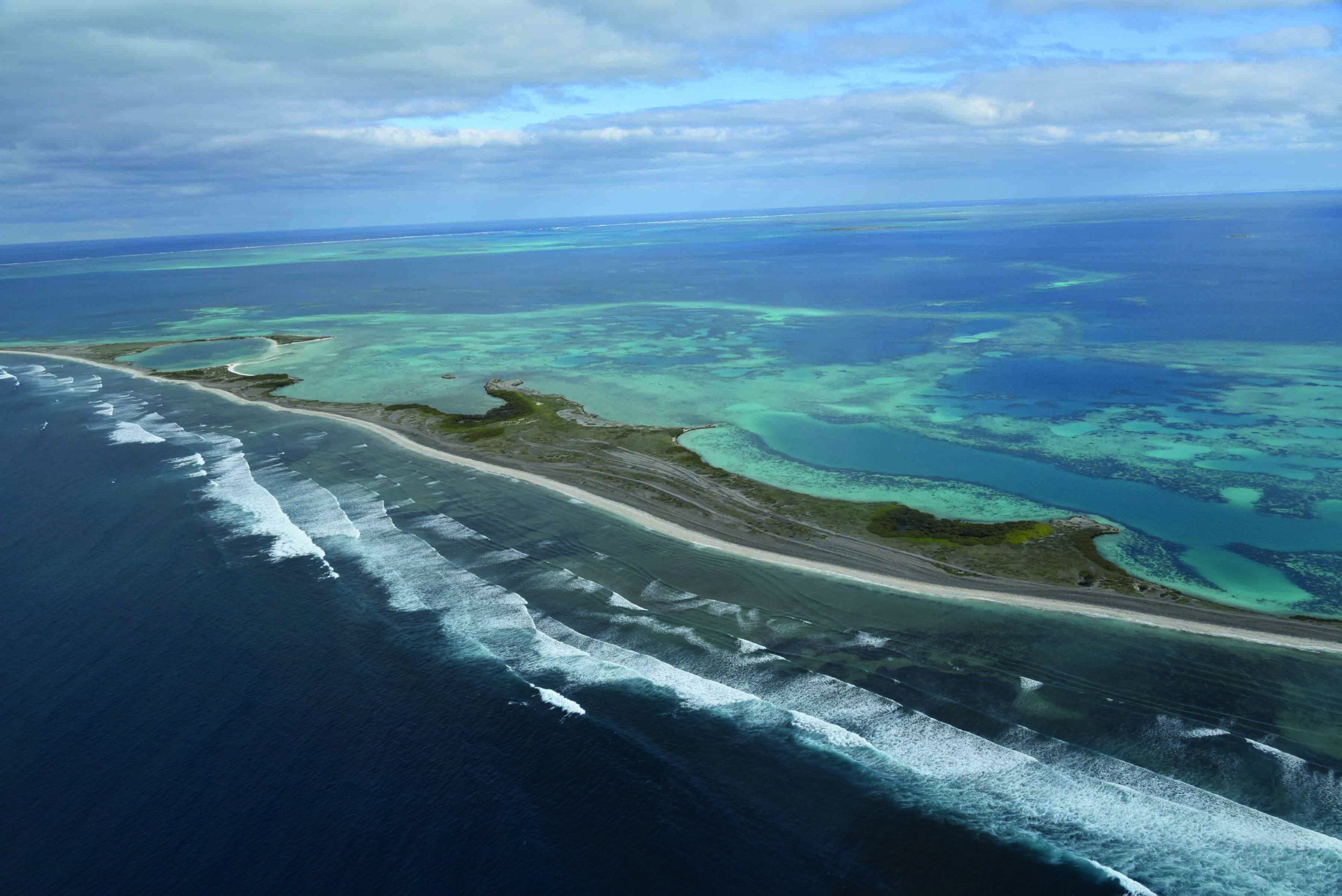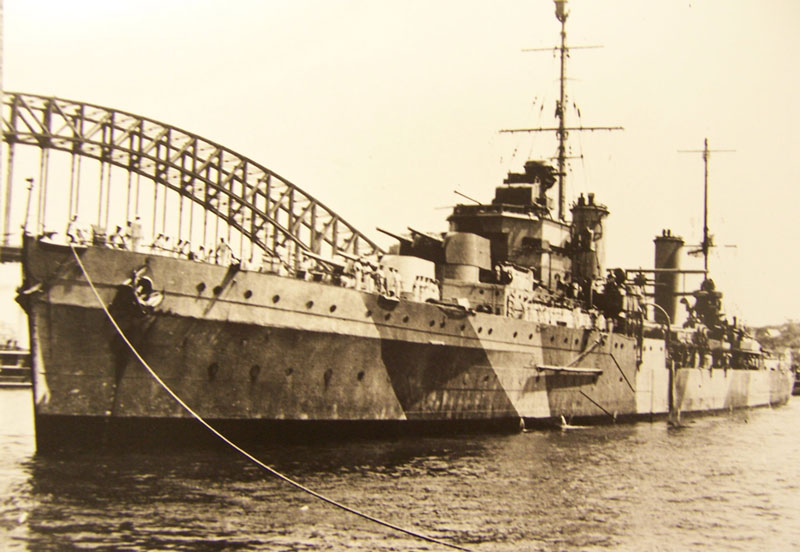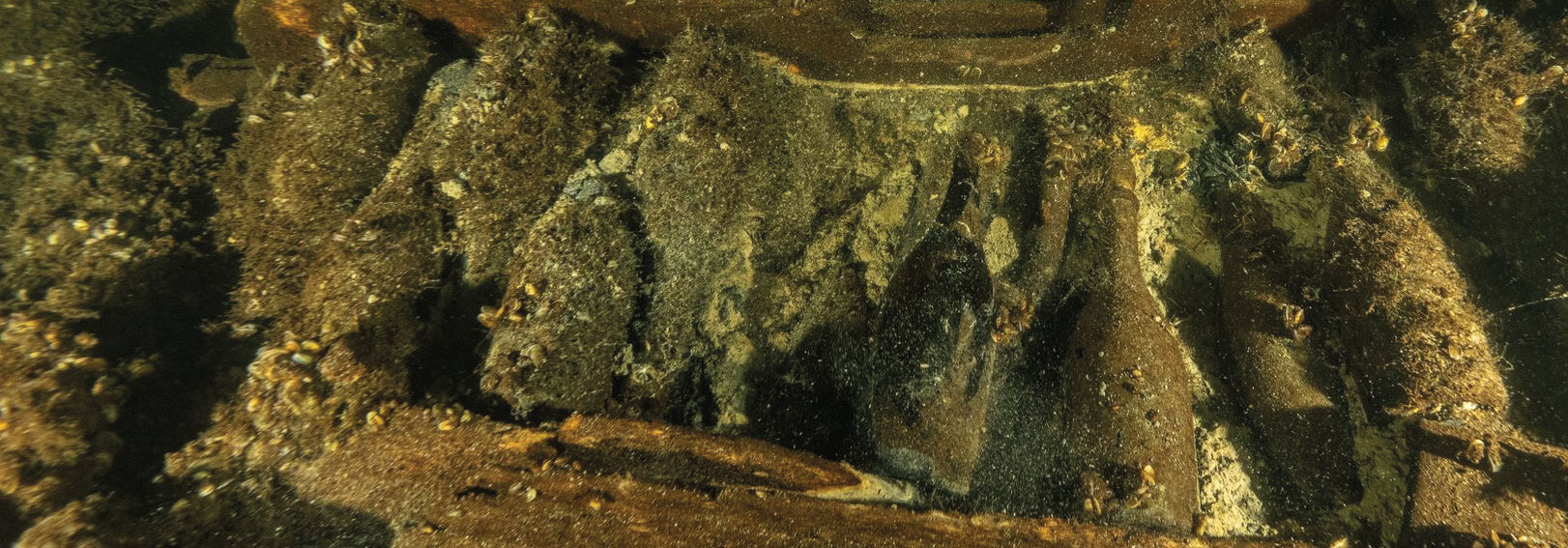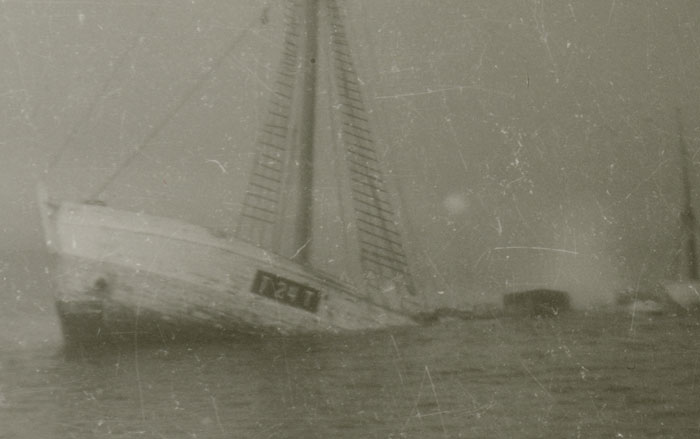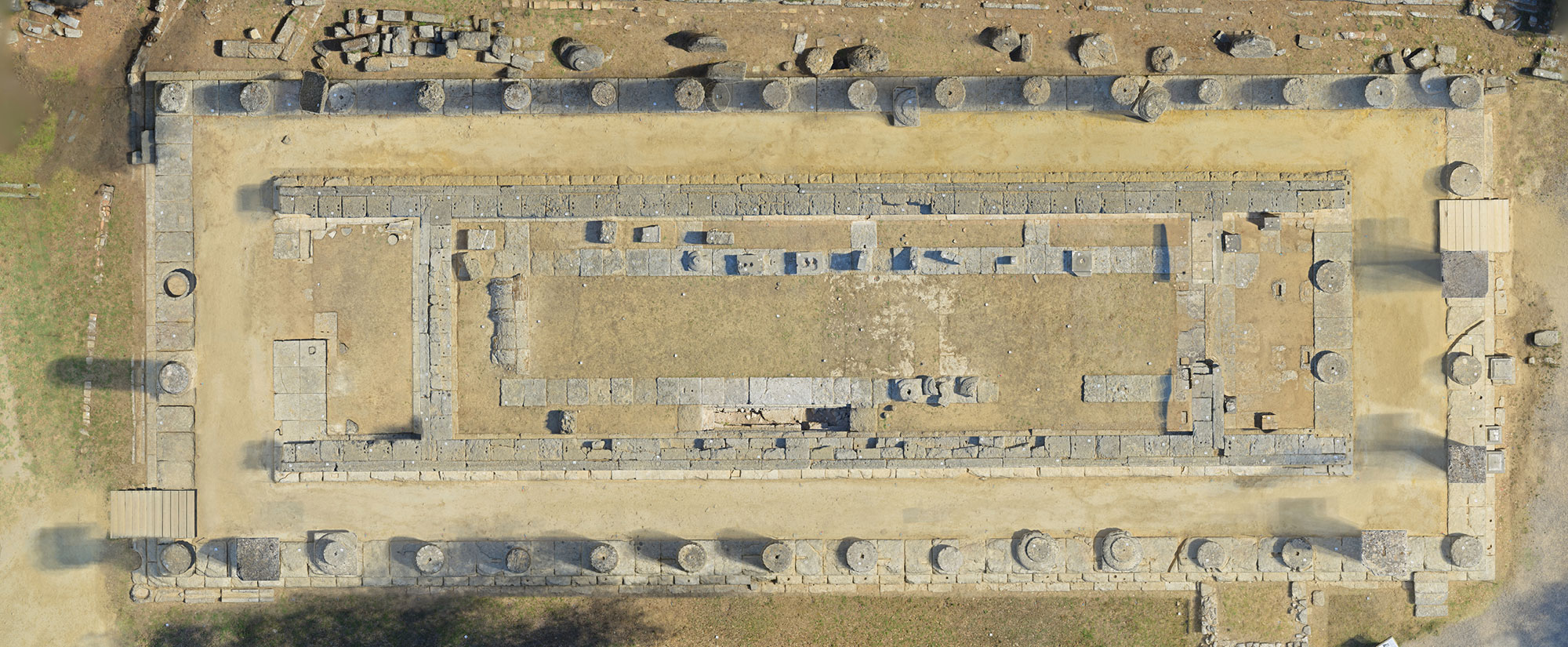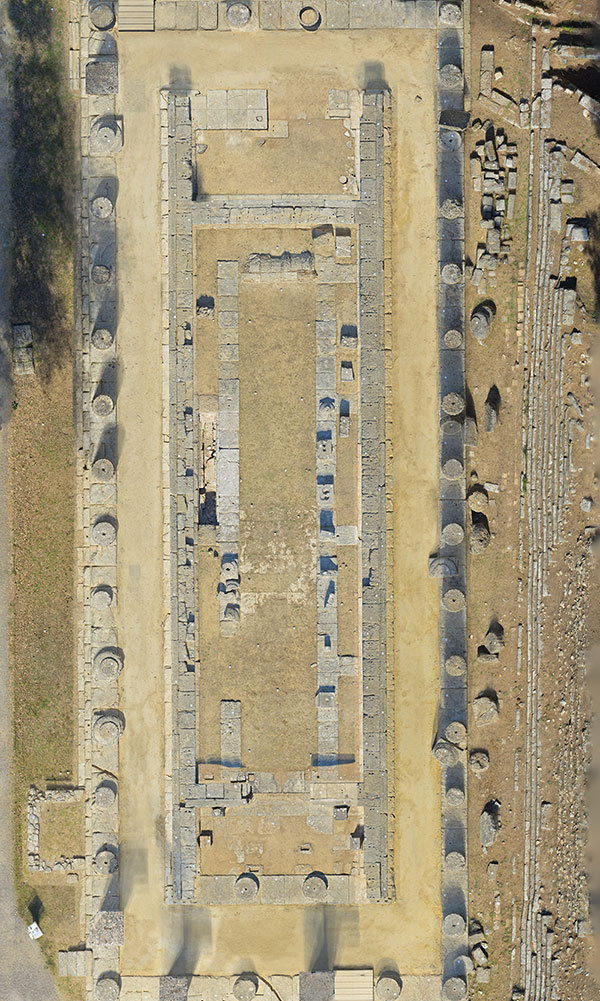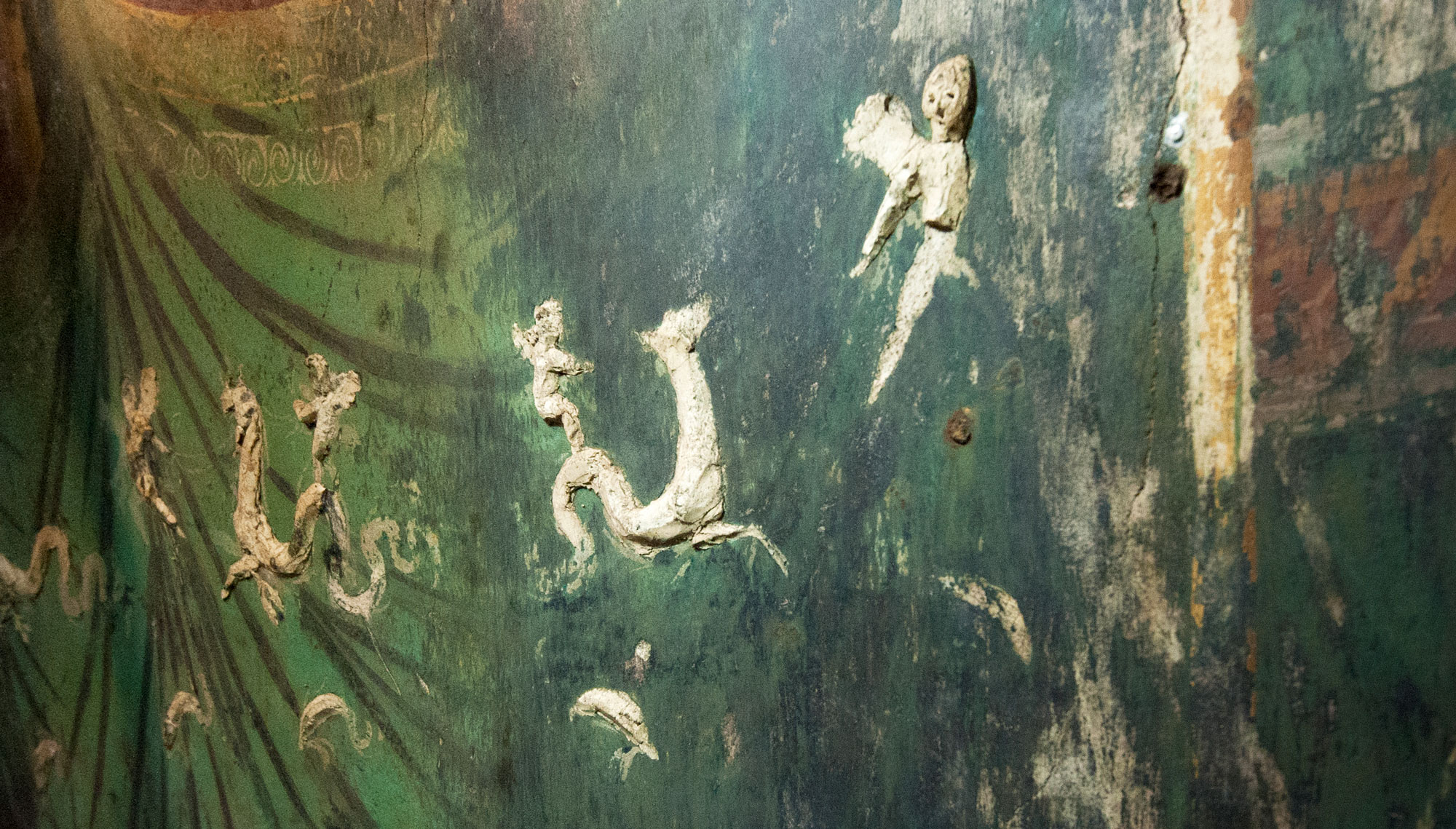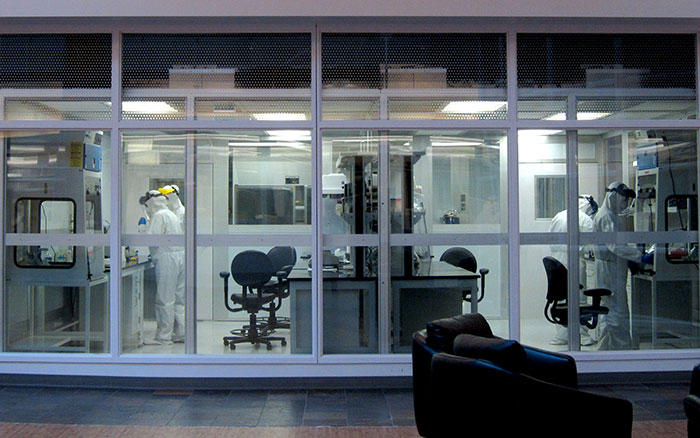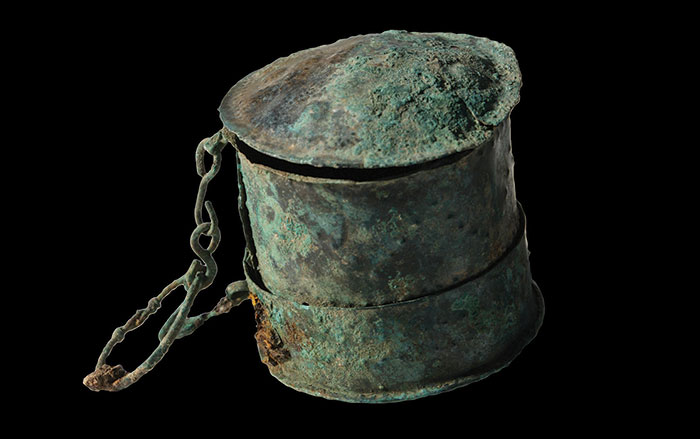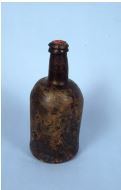
TASMANIA, AUSTRALIA—Live Science reports that researchers led by David Thurrowgood of the Queen Victoria Museum brewed beer with yeast recovered from bottles found in an eighteenth-century shipwreck using a traditional English recipe. The bottled beer, along with bottles of wine, brandy, gin, and casks of cheaper beer, came from the Sydney Cove, a British trading ship that wrecked near the island of Tasmania in 1797 while traveling from Calcutta to the prison colony at Port Jackson, now known as the city of Sydney. Some of the survivors eventually tried to complete the trip to the prison colony, but only three of the 17 ever made it. “They were the first Europeans to do that trek, so in terms of early colonial history, it was an enormous trip and tale of survival—I don’t know how they did it,” Thurrowgood said. The mild, sweet-tasting beverage may be similar to a celebrated eighteenth-century English beer. Thurrowgood thinks the original may have been exported from England for military officers stationed at Port Jackson. He added that the live yeast and the several species of bacteria found in the beer bottles could provide scientists with more information about the microorganisms in pre-industrial diets. To read about an ancient Chinese beer recipe, go to “World Roundup.”


